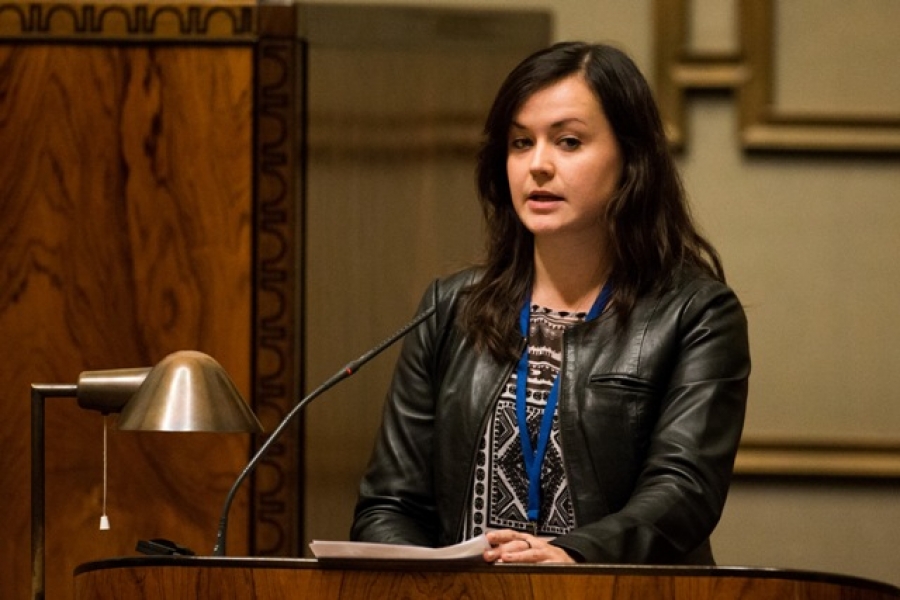Asked what is characteristic of the five Nordic countries and what connects them, Sandelin nominated both trust and openness, which she believes have been the keys to the region’s success. “You can’t intimidate people with the likes of migration,” she said. “Politicians shouldn’t use any issues to frighten people.”
One problem area that Sandelin did highlight was language barriers hampering young people’s outlook. Speaking of the youth unemployment issue, she said: “There’s higher youth unemployment in all of the Nordic countries, so to my mind it would be better for a young Finn who’s out of a job to go and work in, say, Norway than sit around at home doing nothing.” Youth unemployment was one of the main topics discussed at the Oslo summit, which was 65th session of the Nordic Council.
New guidlines
Another topic that was raised at the summit was the future of cooperation between the Nordic Council of Ministers and the Baltic States, since the guidelines of cooperation that have been in place so far will expire at the end of the year. The Nordic Council agreed on new guidelines, but compared to the ones before, there is no timeframe or priority areas for their fulfilment – the consensus being that cooperation is required in all fields in which the eight countries have shared interests.
“Cooperation between the Nordic countries and Baltic States is taking place on increasingly equal terms, with the relationship of provider and recipient of assistance becoming more of a partnership,” writes Postimees. “That is why the new guidelines will involve different funding than previously – in future; joint projects should aim to be based on equal funding from the Nordic countries and its partners. The only exception that has been made is in the case of NGO projects, where joint funding will be welcome but not set as a prerequisite for the projects being carried out.”
The Estonian Ministry of Foreign Affairs confirmed to Postimees that Estonia is satisfied with the new guidelines, since they clearly underscore the sense of unity and equal partnership that now characterises the Nordic countries and Baltic States.
The full article can be read (in Estonian) in the 13 November edition of Postimees or in .pdf format here.
Other reports on the 65th session of the Nordic Council in Postimees:
- Faroese man seeks wife (Liisa Tagel, 1 November 2013)
- Norway has no answer to all of the problems of the unemployed (in Estonian, Liisa Tagel, 9 November 2013)

